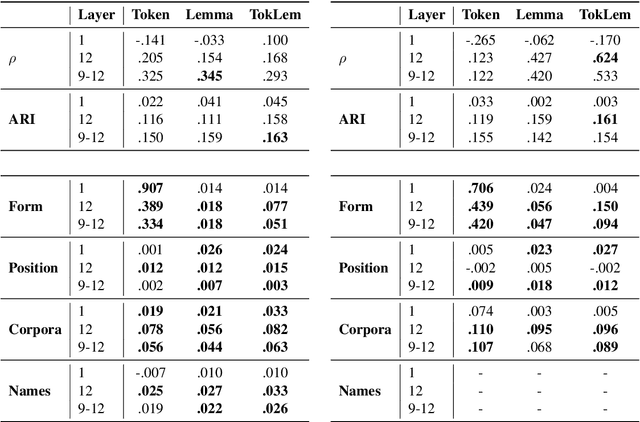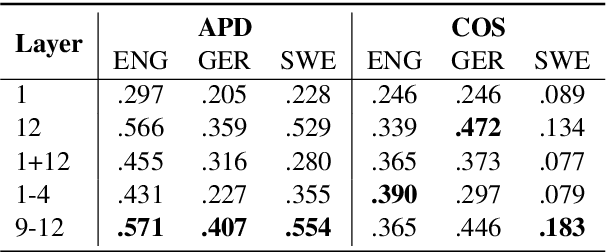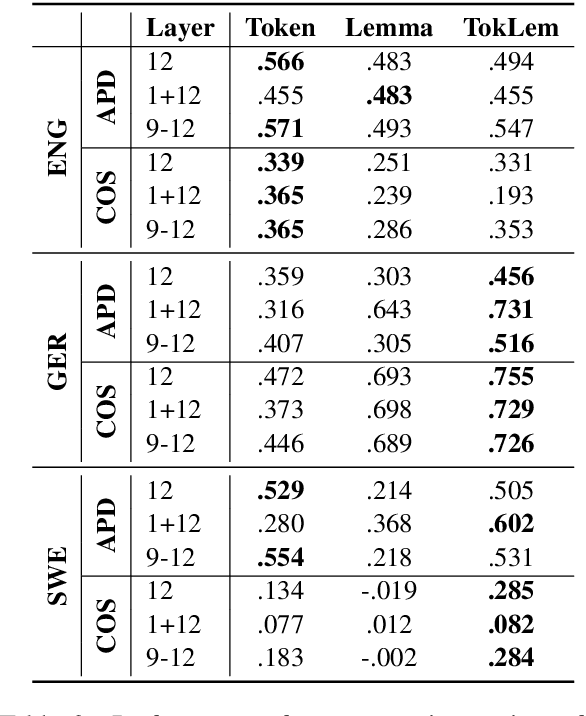Explaining and Improving BERT Performance on Lexical Semantic Change Detection
Paper and Code
Mar 12, 2021



Type- and token-based embedding architectures are still competing in lexical semantic change detection. The recent success of type-based models in SemEval-2020 Task 1 has raised the question why the success of token-based models on a variety of other NLP tasks does not translate to our field. We investigate the influence of a range of variables on clusterings of BERT vectors and show that its low performance is largely due to orthographic information on the target word, which is encoded even in the higher layers of BERT representations. By reducing the influence of orthography we considerably improve BERT's performance.
* EACL SRW, 6 Pages
 Add to Chrome
Add to Chrome Add to Firefox
Add to Firefox Add to Edge
Add to Edge